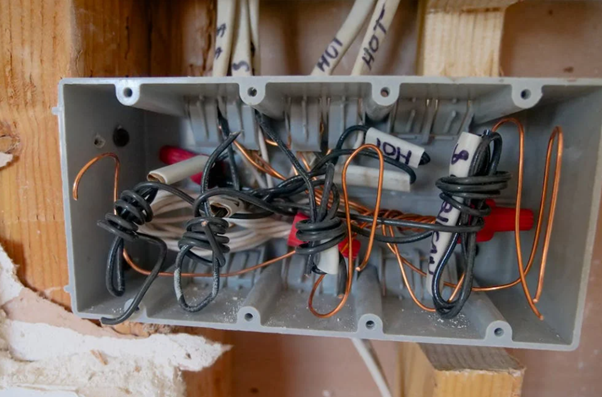Innovative Approaches to Prevent Shipping Damage in E-Commerce
E-commerce keeps growing, presenting opportunities and challenges in equal measure. While online sales let you connect directly to your customers and serve a wider audience, they face some unique obstacles. The ever-present threat of shipping damage is one of the most notable.
Customers could lose faith in your brand when they receive products damaged in transit. As rising e-commerce sales further strain supply chains, these incidents could become more common without proper attention. Thankfully, you can avoid these situations. Here are five innovative strategies for preventing e-commerce shipping damage.

Right-Size Packages and Truckloads
The most obvious way to prevent shipping damage is to use appropriately strong and well-cushioned packaging. However, it’s just as important to consider the size of your packages.
A box that’s too big will leave more room for products to shift around and break in transit. While you can minimize this movement with insulation, it’s far more cost-efficient to right-size the box from the beginning. A smaller package will require less insulation to keep the products in place throughout shipping.
The same concept applies to truckloads. A staggering 43% of truck shipments in 2023 were partially empty. This wasted space makes it more likely for cargo to move during shipment. Using smaller vehicles or aligning shipment times to ensure fuller loads will minimize that risk.
Rethink Packaging Labels
A package’s labeling can also impact its likelihood of getting damaged in transit. “Fragile” labels or other instructions for proper handling can help, but they’re not perfect. Workers may fail to see them or ignore them in a rush to complete their work amid a busy schedule.
You can go further by using bright contrasting colors to grab logistics workers’ attention. Some businesses have found success in more creative solutions. Dutch bicycle company VanMoof famously saw shipping damages drop by 80% after putting a picture of a TV on their boxes, making deliverers believe they were handling a more sensitive item.
Automate Packaging Processes
Many instances of shipping damage arise from improperly wrapped or packed items. One of the most effective ways to address these errors is to automate the packaging process.
Even the most seasoned employee can get tired or distracted, leading to errors. Automated equipment, by contrast, delivers the same quality standard every time as long as its workflow remains predictable. Robotic machinery can also achieve higher precision than human workers, leading to a better balance between packaging protection and resource efficiency.
This equipment does entail higher upfront costs. However, it’s also much more efficient — some can wrap up to 50 products a minute — and less likelihood of damage means fewer losses from broken goods. Consequently, automation pays for itself over time.
Choose Shipping Partners Carefully
You can also prevent shipping damage by being more selective about your 3PLs. In a perfect world, you could oversee all shipping matters yourself, giving more control over damage prevention. In reality, though, over 5 million packages go undelivered each year because companies don’t have the resources to deliver them, so 3PLs are a must.
Reliance on third-party shippers doesn’t automatically introduce an increased likelihood of damage. At the same time, not every shipping partner upholds the same standards. Research potential partners thoroughly to ensure your 3PLs have a reputation for care. Extras like compensation for damage or shipping insurance are valuable, too.
Track Shipping Damage Data
Regardless of what other strategies you employ, you must also gather as much shipping data as possible. Analyzing cases of damaged shipments is inherently reactive instead of proactive, but it will make it easier to prevent similar events in the future.
Start by partnering with providers willing to share as much data as possible. Thankfully, 87% of 3PLs today have implemented warehouse management systems that can provide more of this information. Internet of Things (IoT) devices can offer more insight by providing real-time shipment data like vibrations, temperatures and other quality-affecting conditions.
After gathering this data, you can use machine learning to analyze it for ongoing trends. This analysis can reveal what’s causing the most damage in your supply chain, informing more relevant operational adjustments to resolve the issue.
Put an End to Shipping Damage and Boost Consumer Confidence
Preventing shipping damage is crucial to minimizing e-commerce costs and building a loyal customer base. While it can be frustrating that this damage stems from many areas, that also means there are multiple ways to address it.
These five innovative strategies offer solutions to shipping damage you may otherwise miss. Employing them today will ensure safer, more cost-effective shipping tomorrow.
















